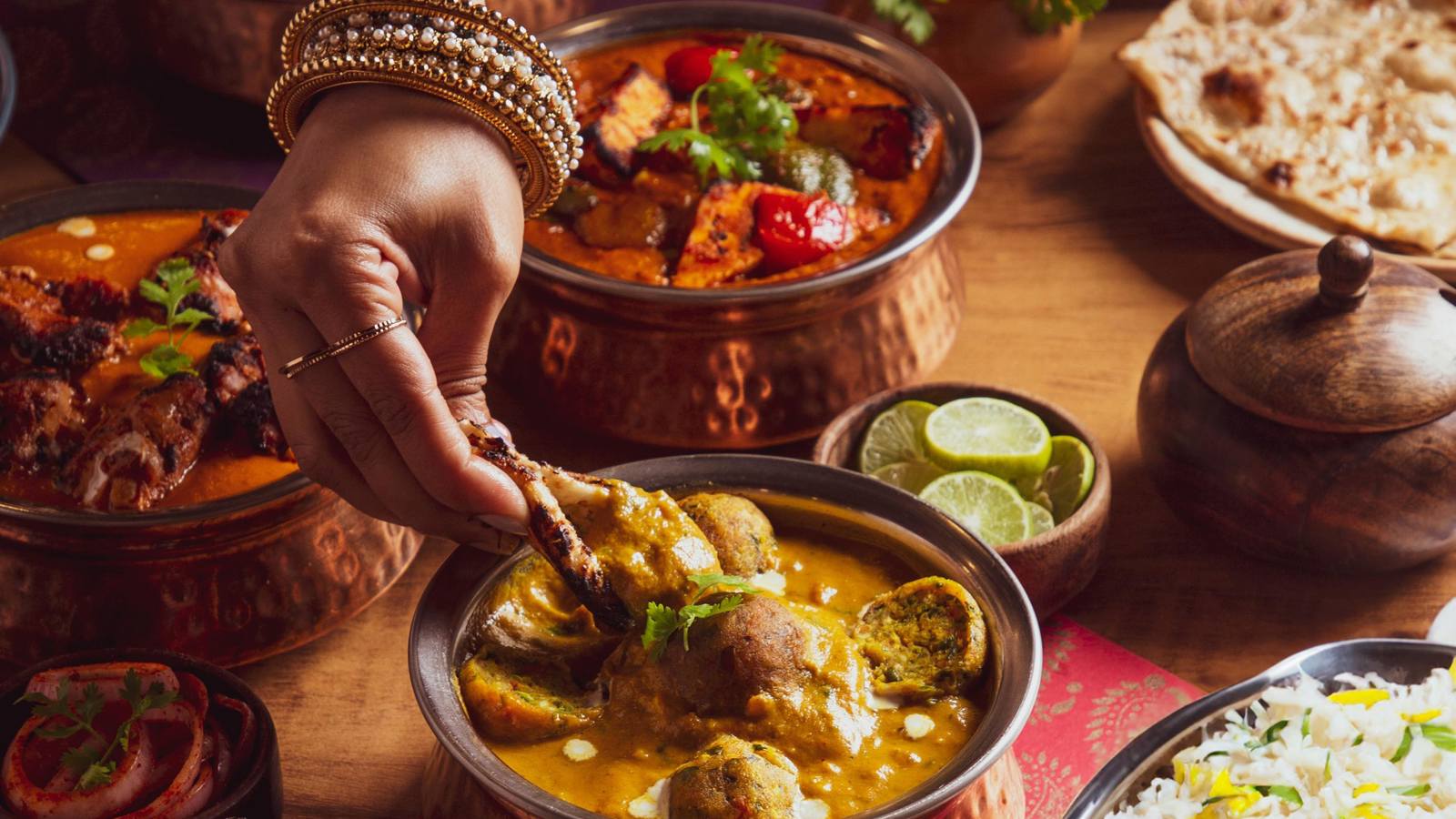
Exploring the rich tapestry of Indian food textures: A texture analysis perspective

Indian cuisine is a vibrant mosaic of flavours, aromas, and, crucially, an incredibly diverse range of textures. From the crisp snap of a fresh poppadum to the yielding softness of a gulab jamun, and the complex mouthfeel of a creamy curry, texture plays a pivotal role in the sensory experience and consumer acceptance of Indian dishes. Understanding and quantifying these unique textural properties is essential for product development, quality control, and ensuring consistency across batches.
At Stable Micro Systems, we appreciate that the nuanced textures of Indian food present fascinating challenges and opportunities for precise measurement. Let's delve into some classic examples and explore how modern texture analysis can illuminate their distinctive characteristics.
Understanding texture through diverse Indian food examples
Indian food offers a spectrum of textural challenges, from solids to semi-solids, and varying degrees of consistency. Here are a few examples that highlight the range and how they can be objectively measured:
Roti / Naan (Pliability, Chewiness, Firmness)
The quintessential Indian bread, whether it's a soft, pliable roti or a slightly chewy, airy naan, demands a specific texture for optimal enjoyment.
- Textural properties: Pliability (how easily it bends), chewiness (energy required to masticate), and firmness (resistance to deformation).
- Testing idea: A Puncture or Compression test using a flat-ended cylindrical probe (e.g., a 25mm cylinder probe) could be employed. The probe would compress or puncture a folded piece of roti or a section of naan, recording the force required and the distance of deformation. The resulting force-time/distance graph would illustrate initial firmness, subsequent yielding, and work done (integrating the area under the curve) to indicate chewiness. The ability to return to shape after partial compression could also assess elasticity.
Gulab Jamun (Softness, Squeezeability, Juiciness)
These beloved deep-fried milk solids, soaked in rose-flavoured syrup, are prized for their melt-in-the-mouth softness and ability to release syrup upon biting.
- Textural properties: Softness (low resistance to deformation), squeezeability (ease of expressing liquid), and fracturability (if the outer layer is slightly crisp before yielding).
- Testing idea: A Compression test using a flat-ended cylindrical probe (e.g., a 75mm cylinder probe) would be suitable. The probe would compress the gulab jamun, measuring the force required to deform it. The "bursting" force and subsequent reduction in resistance as syrup is expelled could also be captured. A small strain compression can reveal initial softness, while higher strain can assess squeezeability. Alternatively, a puncture test (using a small cylinder probe) may reveal the piercing of a ‘skin’ on the sample surface.
Samosa (Crispness, Hardness, Fracturability)
The iconic samosa relies heavily on its crispy, flaky pastry and firm, yet yielding, filling for its characteristic bite.
- Textural properties: Crispness (number of force peaks and sound emission), hardness (peak force to deform), and fracturability (force and distance at which the pastry breaks).
- Testing idea: A Three-Point Bend, cutting or puncture test with a small, sharp probe (e.g., a 2mm cylindrical probe or blade attachment) could assess the pastry's crispness and fracturability. For the filling, a Compression test with a larger probe could determine its firmness. Analysing the force-time curve for sharp, sudden drops in force during the pastry deformation would indicate crispness.
Dal Makhani / Curry (Consistency)
Many Indian gravies and dals are celebrated for their rich, smooth consistency, affecting how they coat rice or bread.
- Textural properties: Consistency (thickness and resistance to flow), and spreadability.
- Testing idea: A Back Extrusion test is ideal for semi-liquid or thick products. In Back Extrusion, a probe (e.g., a disc probe) compresses the sample, forcing it to flow back up around the probe, measuring the force and work done to achieve a certain flow.
The power of objective measurement
By employing precise texture analysis, Indian food manufacturers and researchers can move beyond subjective sensory evaluation. This enables them to:
- Ensure product consistency: Maintain desired texture profiles across different batches and production sites.
- Optimise formulations: Develop new products or improve existing ones to meet specific textural targets.
- Solve processing issues: Identify how processing parameters impact final texture.
- Meet consumer expectations: Deliver the authentic and beloved textural experiences that define Indian cuisine.
A Texture Analyser provides the objective data needed to quantify these subtle yet critical differences in a huge range of testing solutions, offering invaluable insights for innovation and quality assurance in the dynamic world of Indian food.
See the wide range of probes and attachments available for the testing of a myriad of food properties.












